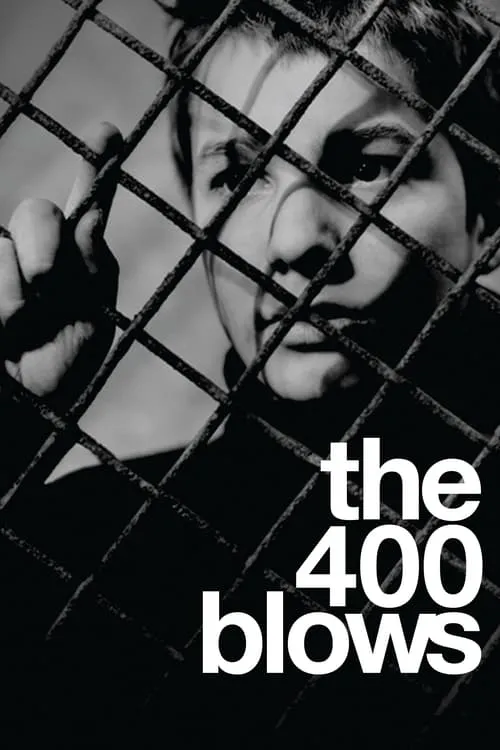The 400 Blows

Plot
The 400 Blows, a groundbreaking coming-of-age drama directed by François Truffaut, introduces audiences to the life of Antoine Doinel, a young Parisian boy struggling to navigate the turbulent waters of adolescence in post-war France. Against the backdrop of war-torn Paris, Antoine's experiences mirror the turmoil and frustration prevalent among French youth, reflecting Truffaut's own tumultuous childhood and the societal disillusionment that defined his nation at the time. The film begins with Antoine living with his mother, Yvonne, and stepfather, Raymond, in a cramped and rundown apartment on the outskirts of Paris. Yvonne, played by Claire Maurier, is an enigmatic figure who struggles with her own demons, leaving Antoine to fend for himself in many ways. Her marriage to Raymond, portrayed by Albert Remy, is strained and unhappy, with both partners frequently engaging in cruel and belittling behavior towards one another and Antoine. Antoine's home life is further complicated by the lack of parental love and guidance. His father, Joseph, is absent and never mentioned by either Yvonne or Antoine, leaving a gaping void in their lives. This parental neglect and emotional abandonment have a profound impact on Antoine's self-esteem and sense of self-worth. He often feels unloved, unimportant, and unseen, leading him to seek solace and companionship in the company of his best friend, Rene, played by Patrick Auffray. Rene, an older boy who lives in a nearby neighborhood, serves as Antoine's confidant, partner-in-crime, and guardian figure. Together, the two boys concoct schemes and fantasies that will help them escape the drabness and desperation of their lives. Their relationship is a testament to the resilience and resourcefulness of young people in the face of adversity. With Rene by his side, Antoine feels a sense of belonging and acceptance, allowing him to momentarily forget the difficulties he faces at home and in school. Truffaut's character development is masterful in its subtlety and nuance. Antoine's emotional struggles are palpable, conveying a sense of vulnerability and desperation that resonates deeply with audiences. His portrayal of the protagonist's feelings of alienation and loneliness is both haunting and heartbreaking, underscoring the devastating consequences of childhood neglect and abandonment. As events unfold, Antoine's difficulties continue to mount. He gets into trouble for truancy and eventually ends up on the streets, leading to a series of increasingly serious altercations with authority figures, including the police and various social workers. These encounters only serve to heighten Antoine's feelings of frustration and despair, culminating in a shocking moment of desperation when he is caught shoplifting and sent to a reform school. The film's climax showcases Truffaut's cinematic innovation and artistry, as he employs innovative techniques, such as point-of-view shots and jump cuts, to convey the disorienting and dislocating experience of being a child caught in the midst of chaos. The film's final sequence, in which Antoine's fate is left uncertain, leaving the audience with a sense of unresolved tension, adds to the movie's lasting impact and power. Ultimately, The 400 Blows is a powerful exploration of the human spirit, a testament to the enduring resilience of the young and their capacity to overcome even the most daunting circumstances. Truffaut's masterpiece remains a poignant and deeply moving portrayal of the struggles faced by children like Antoine, whose lives are marred by neglect, abandonment, and social turmoil. By sharing this story with the world, Truffaut offered a vital window into the lives of young people struggling to find their place in a chaotic and unsympathetic world.
Reviews




